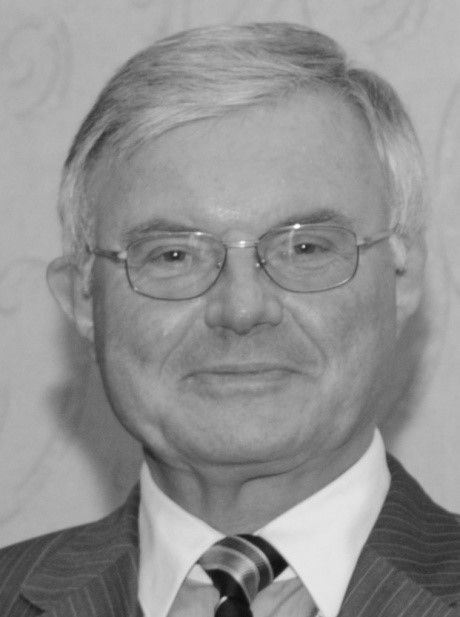
Manfred Thumm
Affiliation: Institute for Pulsed Power and Microwave Technology (IHM) Karlsruhe Institute of Technology (KIT) Karlsruhe, Germany
Title of speech: The Gyrotron at 60: historical overview
Manfred Thumm received the Dipl. Phys. and Dr. rer. nat. degrees in physics from University of Tübingen, Germany, in 1972 and 1976, respectively. At the University of Tübingen he was involved in the investigation of spin-dependent nuclear forces in inelastic neutron scattering. From 1972 to 1975 he was Doctoral Fellow of the Studienstiftung des deutschen Volkes. In 1976 he joined the Institute for Plasma Research in the Electrical Engineering Department of the University of Stuttgart, Germany, where he worked on RF production and RF heating of toroidal pinch plasmas for thermonuclear fusion research. From 1982 to 1990 his research activities focused on electromagnetic theory and experimental verification in the areas of component development transmission of very high power millimeter waves through oversized waveguides and of antenna structures for RF plasma heating with microwaves. From 1999 to 2011, he was the Director of the Institute for Pulsed Power and Microwave Technology, FZK, where his current research projects have been the development of high power gyrotrons, dielectric vacuum windows, transmission lines and antennas for nuclear fusion plasma heating, and industrial material processing.
Thumm has authored/co-authored 8 books, 21 book chapters, more than 590 research papers (115 of them as member of the W7-X Team) in scientific journals, and more than 1670 conference proceedings articles. He holds 14 patents on active and passive microwave devices. He has been a member of the International Organization and Advisory Committees of many International Conferences and a member of the Editorial Boards of several ISI refereed journals. Since 2012 he has been Editor for Vacuum Electron Devices of IEEE Trans. on Electron Devices, Distinguished Lecturer of IEEE NPSS, KIT Distinguished Senior Fellow and member of the International Advisory Committee of Cooperative Innovation Centre of THz Science in China. Since 2016 he serves as member of the Scientific Advisory Council of the Leibniz Institute for Plasma Science and Technology Greifswald.
He has received several awards throughout his career, both for his independent and collaborative work. In 2002, he became IEEE Fellow and was awarded the title of Honorary Doctor, presented by the St. Petersburg State Technical University. He received the IEEE-EDS 2008 IVEC Award for Excellence in Vacuum Electronics. In 2012 he was awarded with the Heinrich Hertz Prize of the EnBW Foundation and the KIT and the HECTOR School Teaching Award in Embedded Systems Engineering of KIT. In 2017 he received the Exceptional Service Award of the IRMMW-THz Society and in 2018 the IEEE NPSS Merit Award.

Richard Saykally
Affiliation: University of California, Berkeley
Title of speech: Hydrogen bond breaking dynamics in water clusters: Terahertz VRT spectroscopy of the 20 μm out-of-plane libration
Richard Saykally is a Professor of the Graduate School at the University of California-Berkeley. Born in Rhinelander, Wisconsin and educated at UW-Eau Claire and UW-Madison, Saykally has been a professor at the University of California, Berkeley since 1979. He and his students have pioneered many important advances in spectroscopy, including velocity modulation spectroscopy of ions, terahertz laser vibration-rotation-tunneling spectroscopy of clusters, infrared photon counting spectroscopy, cavity ringdown spectroscopy, and X-ray spectroscopy of liquid microjets. These have permitted the first detailed study of important textbook molecules, including the hydronium (H3O+), hydroxide (OH-) and ammonium (NH4+) ions, as well as small water clusters and carbon clusters.
Recent work includes the spectroscopic determination of a universal water force field via the study of water clusters, the development of femtosecond nonlinear optical molecular imaging methods applied to single nanowire lasers and biological systems, femtosecond UV SHG/SFG studies of liquid electrolyte surfaces, and soft X-ray spectroscopy of liquids and liquid surfaces.
A co-author of over 400 publications that have been cited over 50,000 times (H index > 100), the recipient of over 80 honors and awards from 15 different countries, Saykally is a member of the National Academy of Sciences and the American Academy of Arts and Sciences, and has received the E.O. Lawrence Award in Chemistry from the U.S. Department of Energy, the Hinshelwood Lectureship from Oxford University, the Inaugural International Solvay Chair in Chemistry from the Solvay Institutes of Belgium, the Peter DeBye Award in Physical Chemistry from the ACS, the J.C. Bose Lectureship from IACS-Kolkata, and the Faraday Lectureship Prize from the UK Royal Society of Chemistry. He is a UC-Berkeley Distinguished Teacher, and has been active at the national level in science education. Over 150 students and postdocs have trained under his direction, many of whom hold prominent positions in academic, government, and industrial institutions.
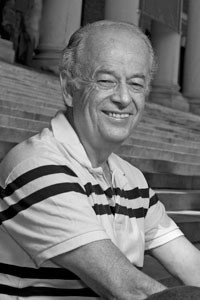
Federico Capasso
Affiliation: Harvard John A. Paulson School of Engineering and Applied Sciences Harvard University Cambridge, MA, USA
Title of speech: The Quantum Cascade Laser Pumped Molecular Laser: A Widely Tunable THz Source
Federico Capasso is the Robert Wallace Professor of Applied Physics at Harvard University, which he joined in 2003 after a 27-years career at Bell Labs from postdoc to Physical Research VP. He pioneered bandgap engineering of heterostructure materials and devices, including the quantum cascade laser, metasurface based flat optics, MEMS based on the Casimir effect and measured for the first time the repulsive Casimir force. He is a member of NAS, NAE and the American Academy of Arts and Sciences (AAAS) and a Fellow of Optica. His awards include the Balzan Prize for Applied Photonics, the King Faisal Prize, the APS Arthur Schawlow Prize, the AAAS Rumford Prize, the IEEE Edison Medal, the R. W. Wood Prize, the Materials Research Society Medal, and the Witherill medal of the Franklin Institute. In 2021, he received the Fredric Ives Medal/Jarus W. Quinn Prize.
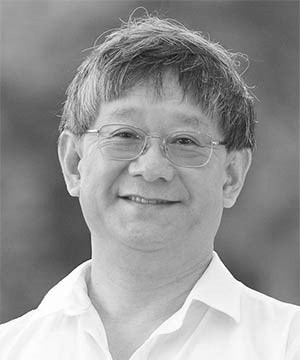
Xi-Cheng Zhang
Affiliation: The Institute of Optics, University of Rochester, United States
Title of speech: THz Photonics: A Journey from Scientific Curiosity to Transformative Technology
Dr. Xi-Cheng Zhang graduated from Peking University in 1982 and received his PhD in physics from Brown University, Providence, RI in 1986. He was a visiting scientist at MIT in 1985; 1985 to 1987, he worked in the Physical Technology Division of Amoco Research Center; 1987 to 1991, he was in the Electrical Engineering Department at Columbia University. Dr. Zhang joined Rensselaer in 1992. In 1993-94, he was an AFOSR-SRPF Fellow at Hanscom Air Force Base. He was a distinguished visiting scientist at Jet Propulsion Lab – Caltech in 2006. Dr. Zhang was professor and acting head of the Department of Physics, Applied Physics and Astronomy and Professor in the Department of Electrical, Computer and System, founding director of the Center for THz Research at Rensselaer, and co-founder of Zomega Terahertz Corp. Dr. Zhang served as chairman of NATO Sensor and Electronics Technology Task Group (2007-2010) and Chairman of NATO Exploratory Team (2005-2006).
Dr. Zhang received 29 US patents; authored and co-authored 24 books and book chapters, 330 refereed papers; delivered 500 colloquia, seminars, invited conference presentations, and 200 contributed conference talks. His H-index is 81. (Google Scholar on 7/2017).
Dr. Zhang is a fellow of AAAS, APS, IEEE, Optica, and SPIE. Dr. Zhang’s honors and awards include: Australian Academy of Science Selby Fellow ’17; International Society of Infrared, Millimeter, and Terahertz Waves Kenneth F. Button Prize ’14; OSA William F. Meggers Award ’12; Moscow University Honorable Professor ’12; IEEE Photonics Society William Streifer Scientific Achievement Award ’11; Rensselaer’s William H. Wiley Award ‘09; the Trustee Celebration of Faculty Achievement Awards ’09, ’08, ‘07, ‘06, ’04, ‘03, ‘02, ‘01; First Heinrich Hertz Lecturer (Germany); International Commission for Optics Traveling Lecturer ‘03; fellow lecturer of Optical Society of America ‘02; K.C. Wong Fellow ’02; distinguished lecturer of IEEE/LEOS ‘98-99 & 99-00; Rensselaer’s Early Career Award, ‘96; Cottrell Scholar Award, Research Corporation ‘95; K.C. Wong Prize, K.C. Wong Foundation /Hong Kong, ‘95; CAREER Award (previous NSF-NYI), National Science Foundation ‘95; AFOSR-SRPF Fellow, Hanscom Air Force Base ‘93-94; Research Initiation Award, National Science Foundation, 92.
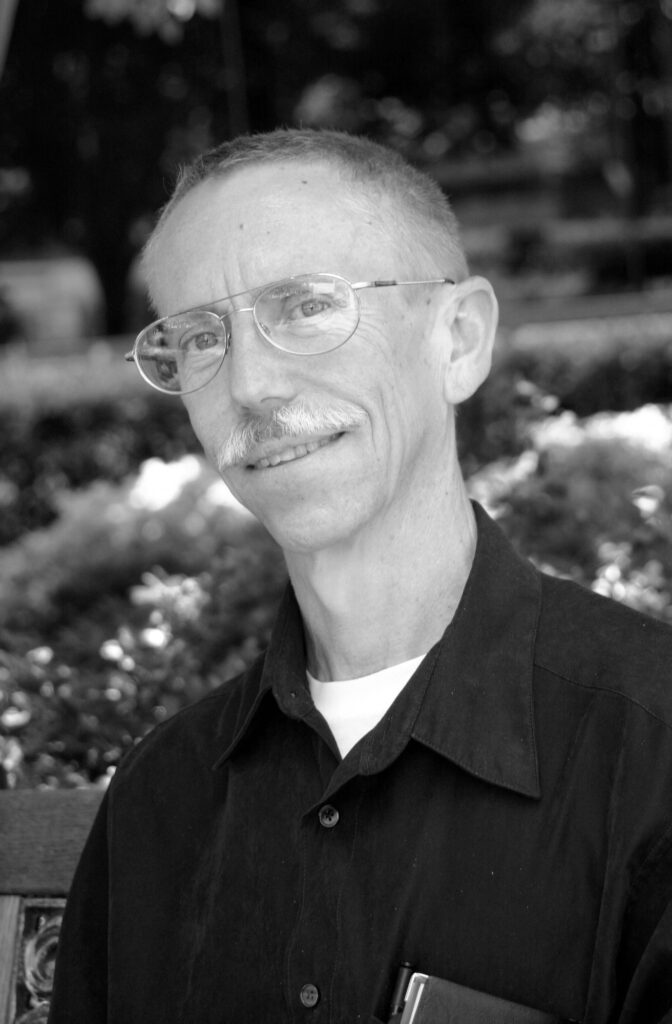
George Neil
Affiliation: Thomas Jefferson National Accelerator Facility, Newport News, United States
Title of speech: Shared talk on FELs: A Historical Perspective (with Andrea Doria)
George Neil was the Senior Team Lead for the LCLS-II Project at the Thomas Jefferson National Accelerator Facility (Jefferson Lab), a Department of Energy particle accelerator facility run for nuclear physics research. The LCLS-II Project was a new DOE Basic Energy Sciences program centered at Stanford National Accelerator Facility involving the construction of an X-ray Free Electron Laser powered by a 4 GeV continuous wave superconducting accelerator. Jefferson Lab’s responsibility included constructing roughly half of the accelerator and the cryogenics plant.
Neil’s past responsibilities as Principal Scientist of the lab included serving as Laboratory Associate Director and Manager of the Free Electron Laser Division while developing the Free-Electron Laser (FEL) systems that converted electron-beam energy into light and applied that light for materials processing. These systems set world records for Free Electron Laser average power in 1996 and held the record since that time producing up to 14 kW of continuous average power. During the construction of the CEBAF accelerator, he managed the development and maintenance of roughly 350 radio-frequency sources at 1500 MHz for the linear accelerator and the development and operation of what was at that time, the world’s largest 2K helium refrigeration plant.
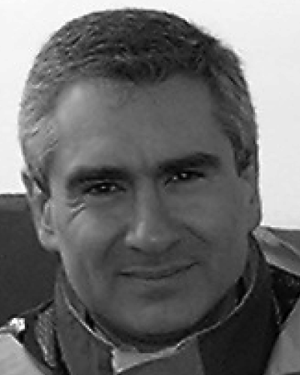
Andrea Doria
Affiliation: Fusion and Nuclear Dept ENEA Frascati, Rome, Italy
Title of speech: Shared talk on FELs: A Historical Perspective (with George Neil)
Andrea Doria received the Laurea degree in physics from the La Sapienza University of Rome, Italy, in 1987.,He collaborated in designing and operating user application experiments on terahertz interaction with biological organisms, solid-state systems, and cultural heritage samples using the compact free electron laser (FEL) sources of ENEA. He has been a Permanent Staff Member with the Experimental FEL Group, ENEA, Frascati, Italy, since 1988. He has been the Principal Investigator of the joined ENEA, INFN, and CNR research project named SPARC/SPARX, for the realization of a vacuum ultra violet and soft X-ray FEL operating in self-amplified spontaneous emission and external seeding regime and funded by the Italian Minister of Research. His research interests are Cerenkov-based FELs, compact FEL sources in the millimeter and far IR regions, and coherence and correlation effects on FEL power output. He is a member of the team for the study of a CARM-type source for electron cyclotron resonance plasma heating

Michael von Ortenberg
Affiliation: Institute of Physics Humboldt University of Berlin Berlin, Germany
Title of speech: FIR and Submm spectroscopy
TBA
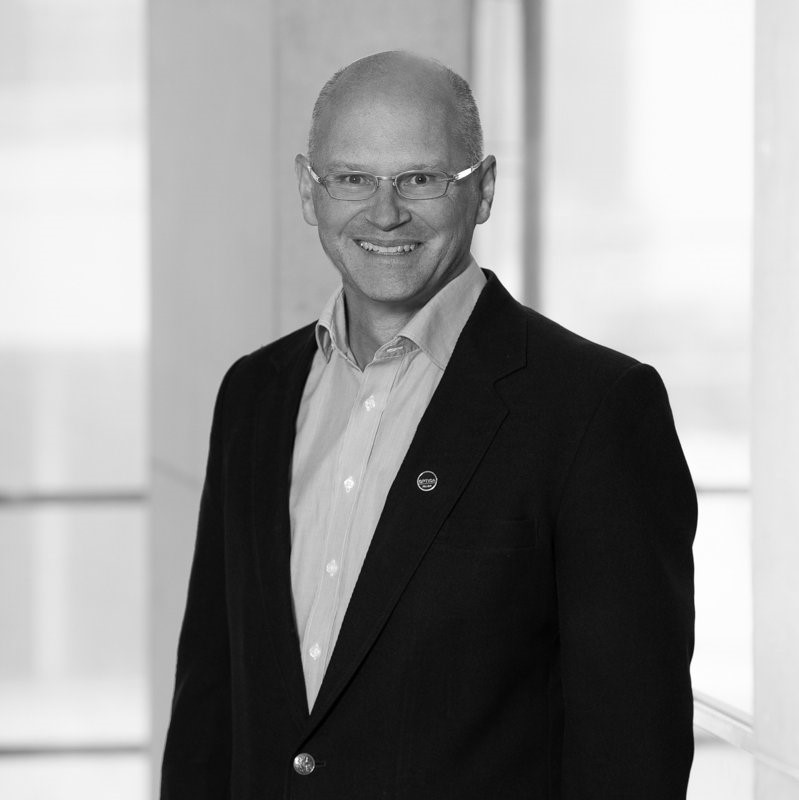
Alfred Leitenstorfer
Affiliation: Konstanz University
Title of speech:
A Subcycle View on Elementary Phenomena
Alfred Leitenstorfer received the Ph.D. degree in physics from the Technical University of Munich, München, Germany, in 1996. Subsequently, he worked at Bell Laboratories, Lucent Technologies, as a Postdoctoral Member of Technical Staff. He held a Professorship in optoelectronics at Ludwig Maximilians University Munich in 2001 and 2002. In 2003, he was appointed Full Professor of experimental physics at the University of Konstanz, heading the Center for Applied Photonics since 2004. He works on a broad variety of ultrafast phenomena in condensed matter and related technologies. He is a Fellow of the Optical Society and has received an Advanced Grant by the European Research Council. He received the Arnold Sommerfeld Prize (Bavarian Academy of Sciences), the Rudolf Kaiser Prize (Stiferverband fuer die Deutsche Wissenschaft), and the Ludwig Genzel Prize (International Conference on Low-Energy Electrodynamics in Solids).
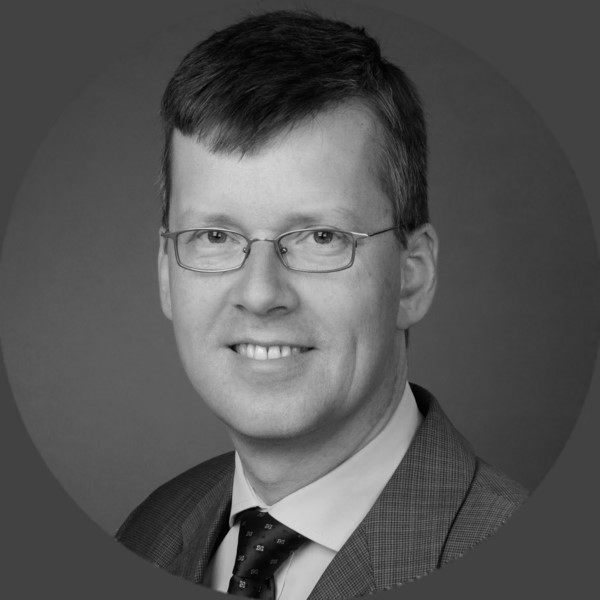
Heinz Wilhelm Huebers
Affiliation:
DLR
Title of speech:
THz/FIR astronomy: past and future
Heinz-Wilhelm Hübers received the Diploma and Dr.rer.nat. degrees in physics from Universität Bonn, Bonn, Germany, in 1991 and 1994, respectively. He was with the Max-Planck-Institut Für Radioastronomie, Bonn, Germany, from 1991 to 1994. In 1994, he joined Deutsches Zentrum Für Luft-und Raumfahrt (DLR), Berlin, Germany, where he became the Head of Department in 2001. Since 2009, he has been a Professor of experimental physics with the Technische Universität Berlin, Berlin, and the Head of the Department of experimental planetary physics at DLR. His current research interests include THz physics and spectroscopy, particularly in THz systems for astronomy, planetary research, and security. Dr. Hübers received the Innovation Award on Synchrotron Radiation in 2003 and the Lilienthal Award in 2007.
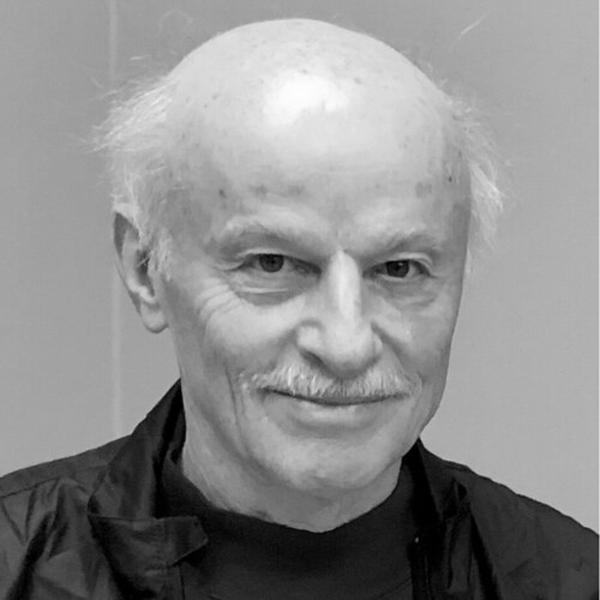
Fritz Keilmann
Affiliation: Fakultät für Physik & Center for NanoScience (CeNS) Ludwig-Maximilians-Universität München, Germany
Title of speech: The Roots of THz Near-Field Microscopy
Fritz Keilmann began his career in science at the age of 14, when he became the local meteorologist for his Alpine community southwest of Munich, Germany. From 1967 to 1971, he worked at Garching as it transitioned to the Max Planck Institute for Plasma Physics. He did a post-doctoral appointment at MIT between 1972–1973 and then took up a post at the Max Planck Institute for Solid-State Research (Festkörperforschung) in Stuttgart. Except for a short Visiting Scientist appointment at University of California, Santa Barbara, USA, in 1987, he remained at Stuttgart through 1995, earning a permanent position at the Max Planck Gesellschaft in 1977. From 1995–2007, he did research at the Max Planck Institute for Biochemistry in Martinsried where he worked until his formal retirement from Max Planck. He started two companies, Lasnix in 1984 and Neaspecs in 2007, upon leaving Max Planck. Keilmann returned to Max Planck as a Distinguished Scientist in 2008, forming a new group at the Institute for Quantum Optics in Garching focused on mid IR broadband laser sources. His most recent move was to the historic Ludwig Maximilians University in Munich, where he has set up a laboratory in the Department of Soft Matter Physics to work on nanoscopy of biomaterials.
Dr. Keilmann has explored many areas and applications in infrared physics and spectroscopy. His interests were always focused in the infrared, but he was often drawn into biochemistry and biophysics, where he initially worked on molecular spectroscopy of biomolecules and later on microwave effects on cell systems. Today, he is focusing on understanding the basic structure, evolution and impact of mineralization in osteoporosis. Dr. Keilmann also worked extensively on high power laser sources, especially optically pumped IR lasers and their applications for plasma science and nonlinear solid-state spectroscopy. He is credited with inventing the scattering-type scanning near-field optical microscope, the nano-FTIR, and the dual-frequency-comb spectrometer.
He has published more than 150 peer reviewed papers, holds 14 patents, and has contributed to five textbooks. He is an internationally recognized speaker and has given more than a hundred invited presentations at workshops, conferences and seminars. He is a recipient of the 2009 Kenneth J Button Prize.
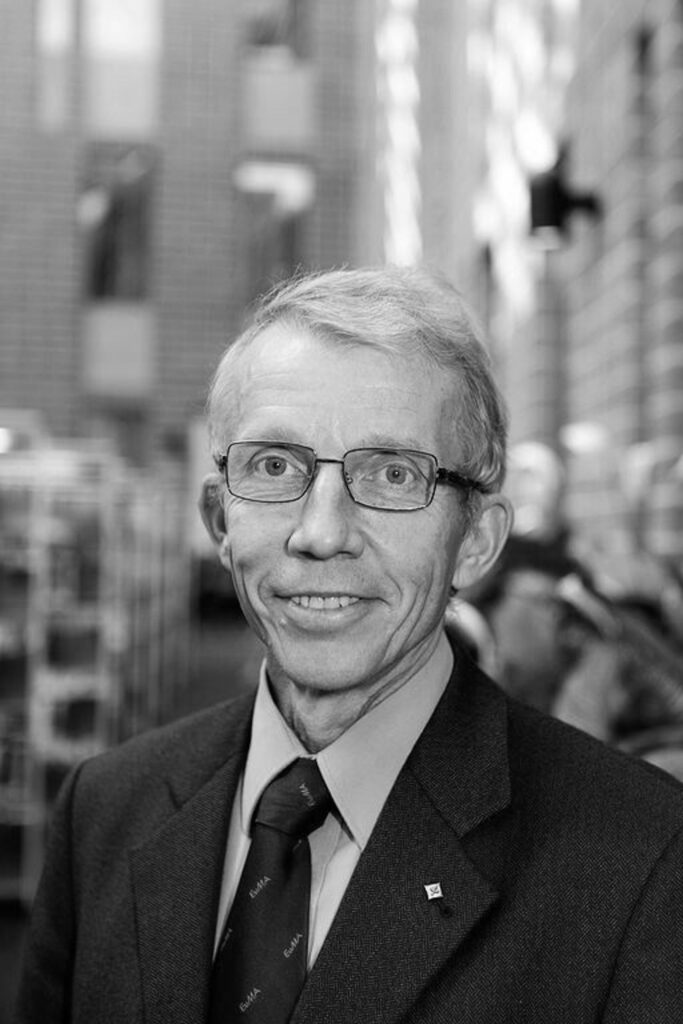
Antti Räisänen
Affiliation: MilliLab, Department of Electronics and Nanoengineering, Aalto University, Espoo, Finland
Title of speech: Beginning of mm-wave and THz research in Finland
Antti V. Räisänen is Professor Emeritus at Aalto University, where he served as a Professor of Radio Engineering from 1987 until his retirement in 2018. He received his Doctor of Science (Tech.) in electrical engineering from Helsinki University of Technology (now Aalto University) in 1981. During his career, Prof. Räisänen supervised 56 doctoral students and authored or co-authored over 500 scientific papers and seven books, including Radio Engineering for Wireless Communication and Sensor Applications (Artech House 2003) and Semiconductor Terahertz Technology: Devices and Systems at Room Temperature Operation (Wiley 2015).
He was a visiting Scientist and Professor with the Five College Radio Astronomy Observatory and the University of Massachusetts, University of California, Berkeley, Jet Propulsion Laboratory and California Institute of Technology, Chalmers University of Technology, Paris Observatory and University of Paris, and Universidad Carlos III de Madrid.
A Fellow of IEEE and Antenna Measurement Techniques Association, he has received numerous prestigious awards, including two Decorations from the President of Finland: Knight First Class of the Order of the White Rose of Finland (2001) and Commander of the Order of the Lion of Finland (2017), and an Honorary Doctorate from Universidad Carlos III de Madrid.
In addition to his academic contributions, Prof. Räisänen is a dedicated marathon runner with 185 marathons completed, including winning a silver medal in the Finnish Veterans’ National Championship Marathon in 2020.
